Q: Tell us about yourself?
A: I grew up in Upstate New York in a cookie-cutter house with a white picket fence and a dog in the front yard. I went to college in the Adirondacks, where I fell in love with hiking. I really wanted to be an “ADK 46er”, climbing all 46 high peaks of the Adirondacks before I turned 25, but that didn’t happen. I met my husband at an event at his college where I was volunteering.
We both participated in his school’s juggling and unicycling club (aka circus club). He did parkour and acrobatics, and I did hula hoop, spin poi, and performed in sign language. We moved fast. We met, dated, got engaged, got married, and got pregnant all within one year. Life brought us to southeast Texas, which was an extreme culture shock. After our daughter was born, I decided we needed to make friends, so we found a local running club. Turns out southeast Texas has a phenomenal running community. Neither of us were really “runners” before we joined the club, but the community was so welcoming, and we were hooked.
Q: When were you diagnosed with CMT? Briefly explain your journey arriving at that diagnosis.
A: Since CMT is genetic, my parents had been watching for signs. I made it until I was 12 before they spotted a curve in my spine. During my preteen growth spurt, I developed scoliosis. They brought me to a specialist who pointed out additional CMT symptoms they hadn’t caught—my hips were not square, my one leg was slightly longer, and I already showed signs of high arches. The doctor gave me shoe inserts and a list of daily exercises.
I was very high functioning, so I ignored his treatment. I didn’t wear my inserts. I didn’t want to admit I had the disease because I was a typical kid and didn’t want something that would make me a target. It wasn’t until college that I started to take care of my body. I joined a gym and started to strengthen my hips. I am very lucky my symptoms didn’t get out of hand in the years I ignored them.
Q: Do other members of your family have CMT?
A: CMT is rampant in my family. My father’s maternal grandmother had the disease, and most of her children and grandchildren have it. She was a huge advocate for “use it or lose it”. Her doctors weren’t always supportive or knowledgeable, so she used to keep a little book with all her symptoms and medications. She was a brilliant old woman. She passed away while I was in college, and her passing was part of the reason I decided to take control of my body.
She told me, “Katie, you need to learn everything about this disease, because the doctors don’t know nothing.” Her youngest son was severely impacted, to a point where (this was back in the day) the state tried to take him away. But she fought for him, and he was able to stay home. Even with his severe disability, he learned to play the piano beautifully. We actually have a few different types in our family tree, and some family members have had surgery (one cousin has metal rods in his ankle, two aunts had back surgery).
Q: Why did you join Team CMT?
A: When I first started running, I knew I was slow and my form was really bad. Honestly, I was looking for a way to justify and show the other runners that I was “bad for a reason”. I was still embarrassed. But within a few months of running, I started doing well, despite CMT. It’s hard, but it’s possible. I do a lot of strength training. I realized that I’m not a good runner with a disability. I’m actually a good runner. It hit me that I have this incredible power to inspire people, especially kids, who think that can’t run because of their body. My motto is: “You can’t choose your genetics, but you can choose your attitude”.
Q: What challenges will you face, if any, participating in a half marathon?
A: After I had my daughter, my disease rapidly progressed. “Use it or lose it” is no joke, and after 9 months with limited gym activity, I lost a lot of mobility and gained a lot of pain. Most of my issues when it comes to running are with my ankles and hips. If you see pictures, you’ll see my ankles don’t bend when I run. I lock them, so then my hips have to compensate. I work hard to engage them, but when I’m tired they fall back.
I can run a 5k pretty well. I’m working on the 10k without losing my form. I have gotten back to the gym to strengthen my ankles and hips for my first half marathon. I also have my husband take lots of photos. That is the only way I can see what my body is doing. Perhaps the most important thing I’ve learned is to not skimp on shoes. My first pair of shoes was a clearance sneaker. No, no, no. I now go to a local running shop and let them pick my shoe. They are skilled, and I trust them 100%.
Q: How has CMT changed your life?
A: The biggest impact is mental. I still look fine. If someone sees me, they can’t see this disease. When I’m struggling, it’s really hard for me to show it. I can no longer pick up my daughter and take her out of her car seat. She begs me to hold her, but I can’t. I have to ask her if she’d like to sit on my lap instead. The comparison monster is so evil. I have cousins who “have it worse”, so I mentally downplay my own disease. Even though I know the pain I feel is real, I haven’t required surgery. I don’t need AFOs.
CMT leaves me in a mental struggle, seeking to validate if the pain I feel is real. It’s incredibly frustrating when people question me if I am tired, or want to sit down, or when I read the label on something because I might react. It’s so frustrating when people question my disease. I once mentioned CMT by name on a fact sheet for a performance, and one of the organization volunteers wrote on her public Facebook that “People who make up disabilities for attention are pathetic”. I was humiliated (and no, I didn’t participate after that). But now that I’m older and wiser, I know that I am in control of my own body. I can’t choose my genetics, but I can choose my attitude, and I spent the first half of my life with a rotten attitude. I’m not going to waste this half.



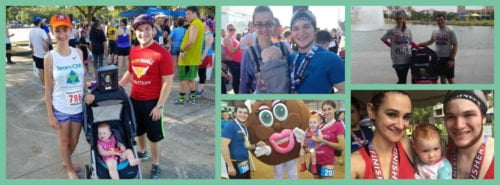





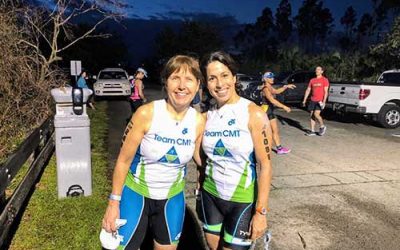

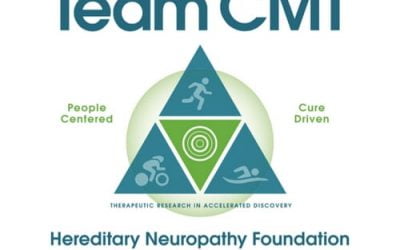

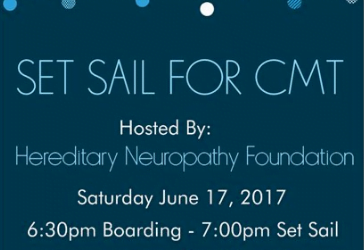
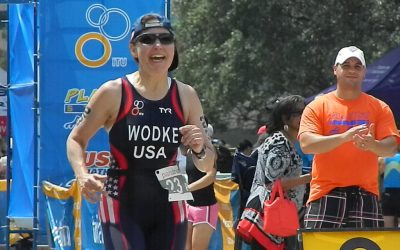
0 Comments